In July 1855 the Western Times reported that an old halfpenny had been found in a garden adjoining the town of Ashburton. It was inscribed Taunton 1657.
Western Times 28 July 1855, p7 col4
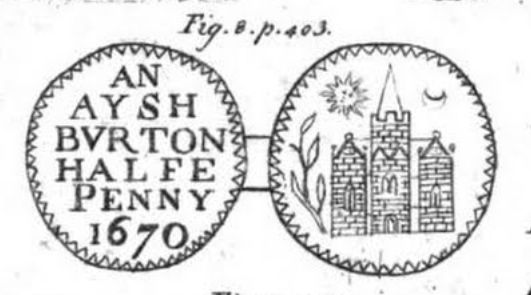
Ashburton tokens, with the maker's name, are in the hands of many.These were tradesmen's tokens, and were originally intended for the convenience of shopkeepers whose credit was good, coined by them and circulated, till some abusers of that liberty occasioned their prohibition. When current, those who coined them were, if solvent, obliged to give or account for their amount in silver on demand; they being only meant as pledges for such compensation...
...And if a private person's credit was sufficient to stamp a temporary value on such currency, much more might that of a body corporate (such as this of the enclosed is) occasionally coin and issue such halfpence in payments within their jurisdiction. What confirms the opinion I offer is, its having the Ashburton arms for its reverse, only omitting the saltire on the dexter side, and instead of it, putting the branch on that side which, in another engraving in my possession, I find to be on the sinister.'
Letter to the Gentlemen's Magazine, London, 1791, p403
Illustration between pages 100 and 101
'The tokens of Devonshire are numerous. Three towns issued nearly half the number, namely Exeter 57, Plymouth 24 and Tiverton 18; they are principally farthings. Town pieces were struck by Ashburton, Axminster (?), Bideford, Dartmouth, Moreton Hampstead and Torrington.
Ashburton:
1. O[bverse]. AN. ASHBVRTON. HALFE. PENNY. 1670 (In 6 lines)
R[everse]. (no legend) - a church, sun, crescent, branch with acorns* and a saltire; the Arms of Ashburton.
2. O. ROBERT. JEFRY = R.G.I.
R. OF. ASHBVRTON. 1668. = HIS HALFE PENNY
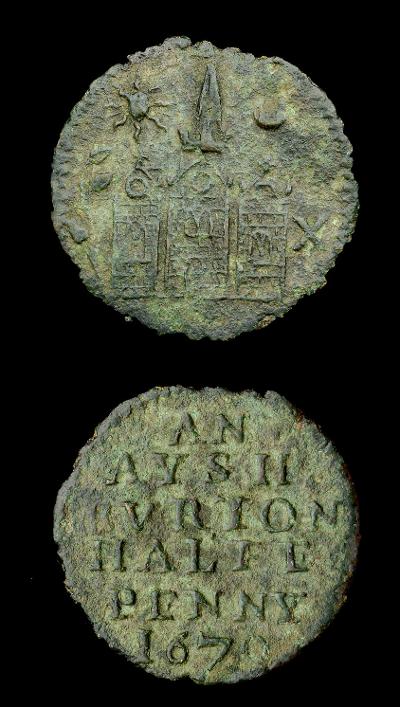
Tokens issued in the 17th century in England, Wales and Ireland, William Boyne, London 1858, p48
*This would actually have been a teasel
See also the Virtual Museum, 1600s and before
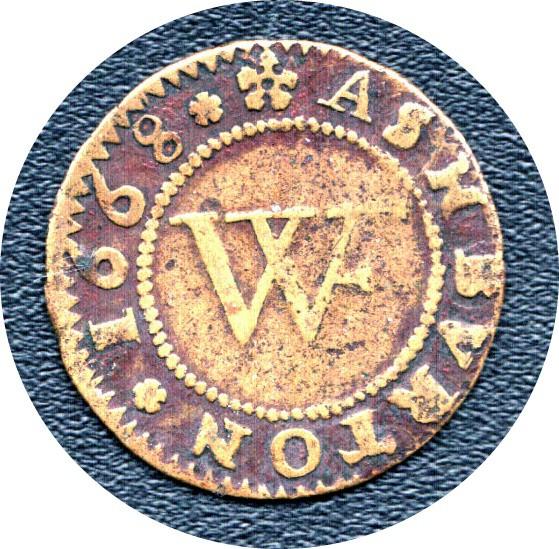
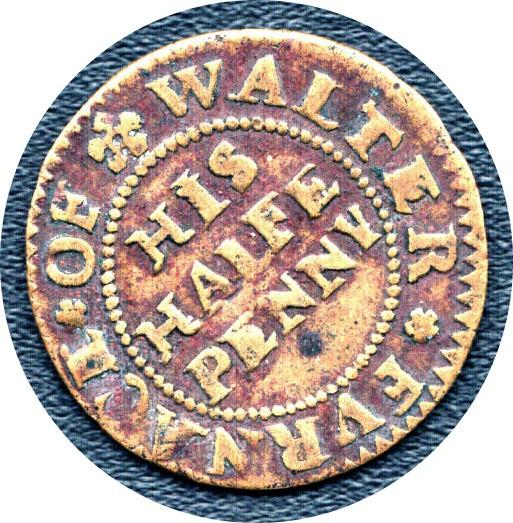
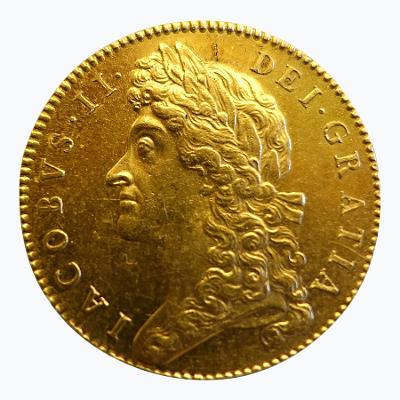
Throughout this site there are references to the money used in this country before decimalisation in 1971. Below is a short explanation of some of the coins in the 19th and 20th centuries.
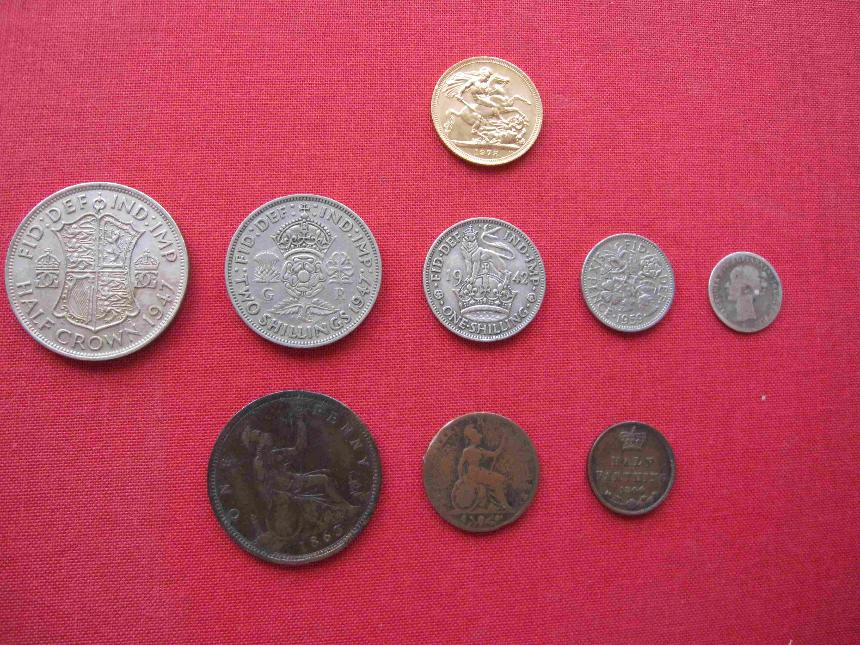
A pound, written as £1 or occasionally 1l*, could be in paper form or, for most of the period, could be a gold sovereign, as shown in the top row.
There were 20 shillings in one pound (middle coin middle row), and one shilling was written as 1s or 1/-
There were 240 pennies in one pound (bottom row extreme left), and one penny was written as 1d
Half a penny was a halfpenny, and a quarter of a penny was a farthing (middle coin bottom row).
There was even at one time a half farthing (bottom row right).
The coin on the extreme left of the middle row is a half-crown, worth 2s 6d (2/6d) (See G B Soper's price ticket in the 1940s section of the Virtual museum). There was for most of this period also a crown, worth 5s (5/-)
Next to it is a two shilling piece, or florin.
Then comes the shilling, and next to it is a sixpence.
The middle row extreme right shows a silver threepenny bit.
For examples of what things cost in the middle of the 19th century, see Prices at Ashburton market, November 1848, in the Markets and fairs sub-section of Gathering together.
For finding out how costs compared with 2005 prices go to http://www.nationalarchives.gov.uk/currency/
* 'Witness had borrowed 20l from a Mr Tucker....' Report in The London Standard 27 July 1859 p2 col5
Many thanks to the owner of the above coins (who wishes to remain anonymous) for allowing me to photograph them.
See also http://www.victorianweb.org/economics/currency.html
http://www.coins-of-the-uk.co.uk/coins.html
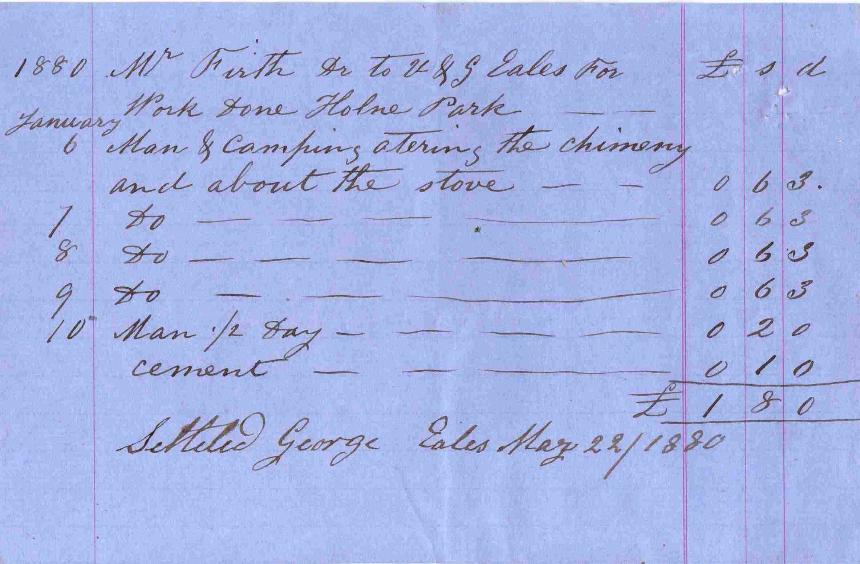
Above: A bill for work done at Holne Park by Mr George Eales in 1880. The total comes to £1 8s
From my own collection